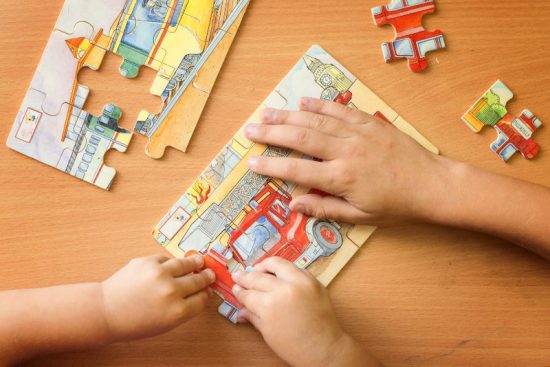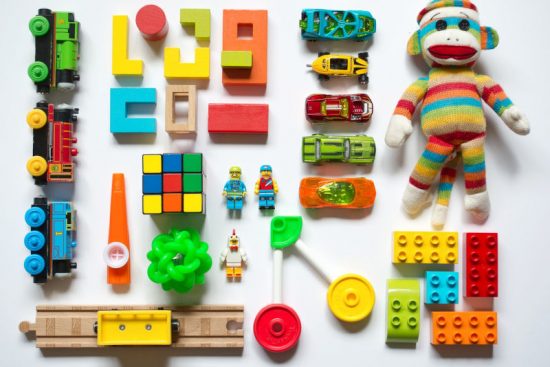
When it comes to casino gaming, it’s the tiny details that drive player trust. That’s where microinteractions come in – these quick, subtle animations that respond to user actions are the secret to smooth, satisfying gameplay. Whether a coin clink, a glowing button, or a colourful confetti burst after a win, in the perfect casino online, every tap, spin, and swipe is met with tiny visuals or haptic feedback that together build the rhythm of play. Here’s how microinteractions, done well, can guide players through the interface, communicate success or failure instantly, and create a gratifying sense of control that keeps users engaged.
Vibrations and ripples: Reassuring users with instant feedback
When engrossed in a casino game on their phone, players need instant feedback to know their actions have registered – especially in a high-stakes or fast-paced environment. If they feel a button ripple after they press it, or hear a subtle vibration after they place a bet, they’re immediately reassured that the system is responsive and trustworthy. These design cues reduce frustration and build confidence.
Sparkles and coins: Creating delight in mobile casino apps
Small acknowledgments can make players feel rewarded even before the win. Microinteractions heighten engagement by adding small emotional rewards to every action. For example, the spin button pulses, the balance counter ticks up with a sparkle, or a waterfall of coins rain down after a win (much like the famous parade of cards that appears on Microsoft’s Solitaire ‘win’ screen). These sensory touches make mobile gaming feel alive, increasing satisfaction and encouraging longer play sessions.
Examples of microinteractions in casino interfaces

Think of microinteractions as design tricks that choreograph engagement. The best casino apps use dynamic balance updates, animated spin buttons, and mini tutorials that appear at just the right time. These cues help players learn intuitively and make what can be a complex system into a seamless experience.
Best practices for designing microinteractions
When designing microinteractions, the key is less flash and more feeling. They work best when they’re purposeful and work consistently. Designers should focus on clarity, accessibility, and performance – making sure that the interaction is quick and natural, never gimmicky or overwhelming. A vibration that taps out a series of pulses rather than just one subtle buzz, for example, can be distracting or even annoying.
Mobile casino microinteractions: Small motions, lasting impressions
Think of microinteractions as the art of invisible engagement. In mobile casino design, success often lies in the tiniest details and microinteractions can help keep players spinning by transforming their gameplay from a transaction into a more human experience.




